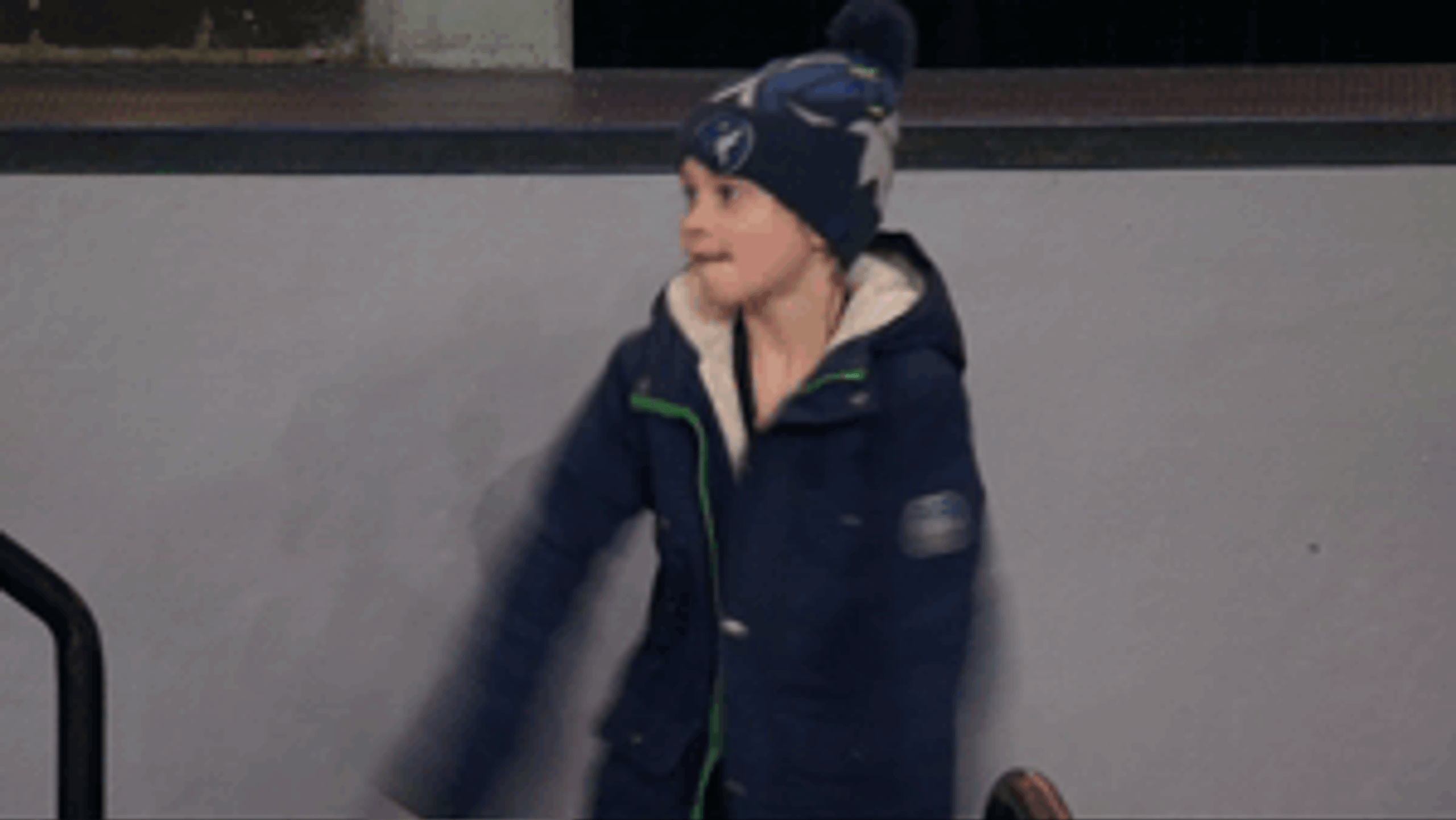7 Facts That Nobody Told You About your Facebook Ads Strategy
Posted on 11/17/2023
Reviewed by Arnt Eriksen updated at 11/26/2023
Introduction
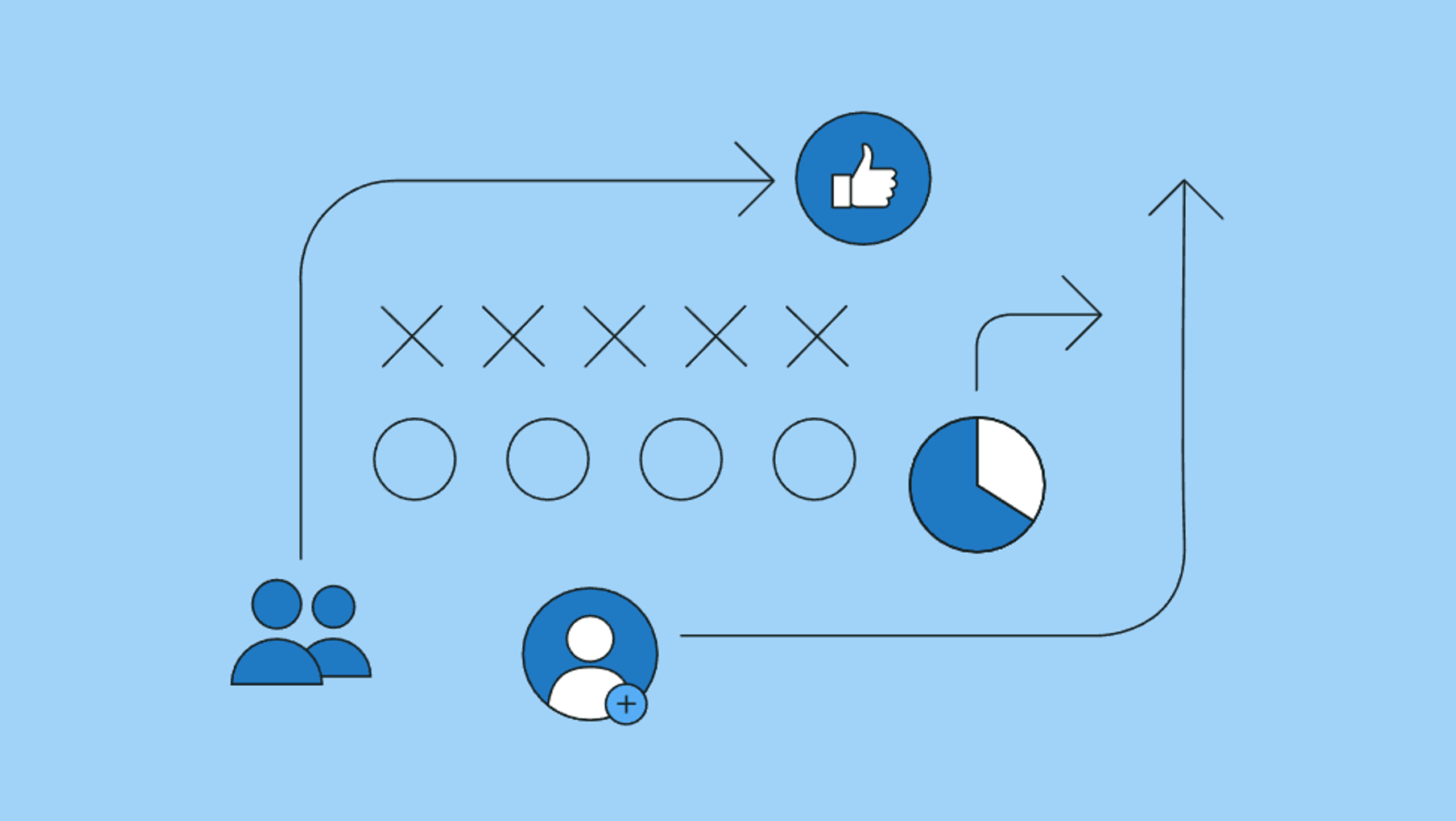
Have you found the perfect Facebook Ads Strategy?
The Internet is flooded with tons of articles describing a proven method to achieve results with Facebook Ads. Unfortunately, most of those articles are SEO fodder. If you know anything about Facebook ads, you know that there is no magic pill. Everyone wants to show off, so they create their own “tiger method” which is their "secret" way of going till they get to their goal. However, this usually merely consists of obvious tactics.
We tested most “tiger methods” 🙂 They don’t work. However, there are specific facts you need to know. When you understand the fundamental principles, you can skyrocket almost any Facebook ads account. Tactics always change but the principles remain the same, no matter how big the account is and who manages it.
Fact number 1. You need at least 50 conversions after the last significant edit to complete the learning phase.
Unless you are using Facebook for branding purposes, I assume that you are already using Website Conversion campaigns to drive sales. In the Website Conversion campaign, Facebook's machine learning helps to find new customers based on your previous sales data.
To use this campaign, you need to set up conversion tracking using the Facebook pixel. Depending on the website, this can take you from 5 min to several hours. Feel free to ask for our advice if you face problems.
Fact number 2. Engagement and negative feedback matters.
This may sound obvious, but this is one of the fundamental principles you should know and remember.
You need to know that ads that receive excessive negative feedback may be removed by the Facebook machine learning algorithm. Excessive negative feedback, or poor performance, are often signs that an ad is poorly targeted, contains inappropriate images or language, or is related to sensitive topics.
Based on our experience, a successful proportion is 1 negative feedback per 100 positive entries. This formula allows you to keep your ad performance at a high level.
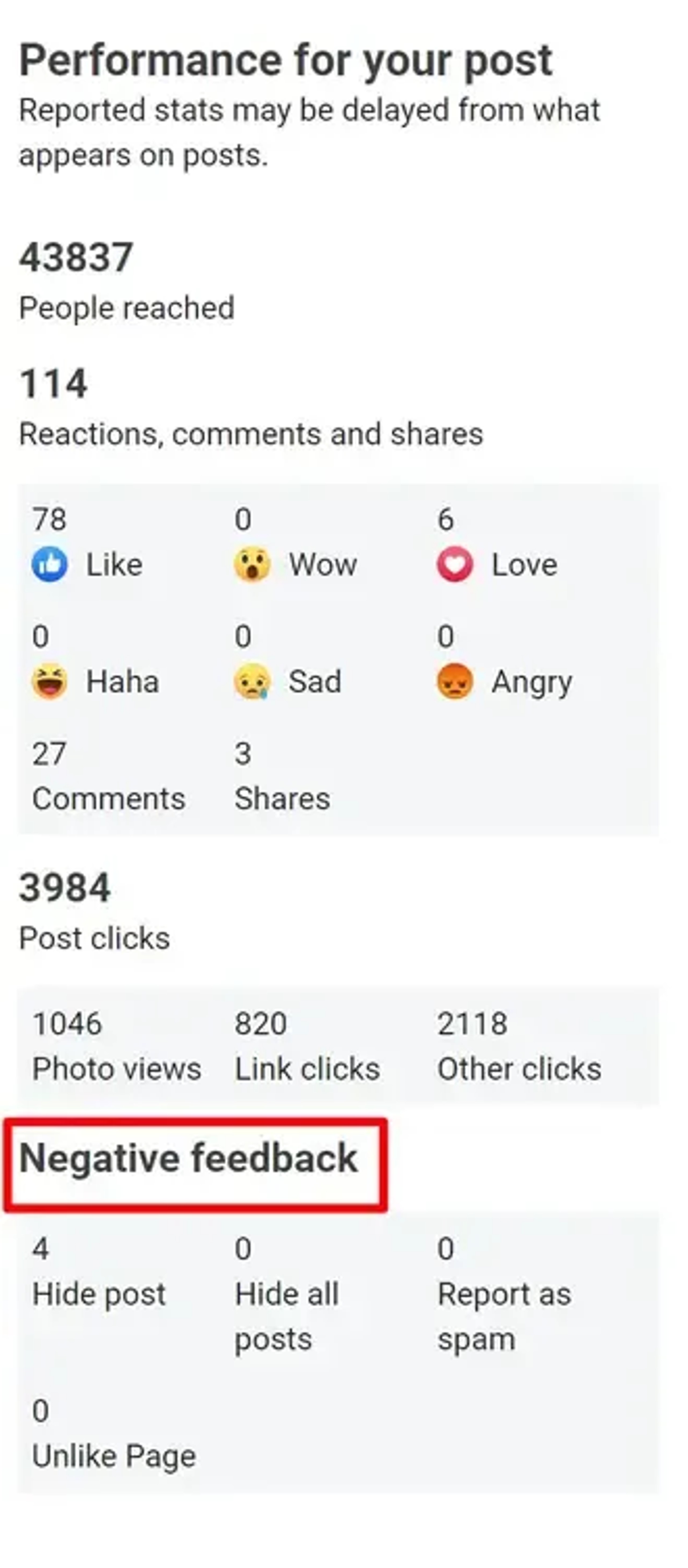
You can check the engagement in the Page posts section.
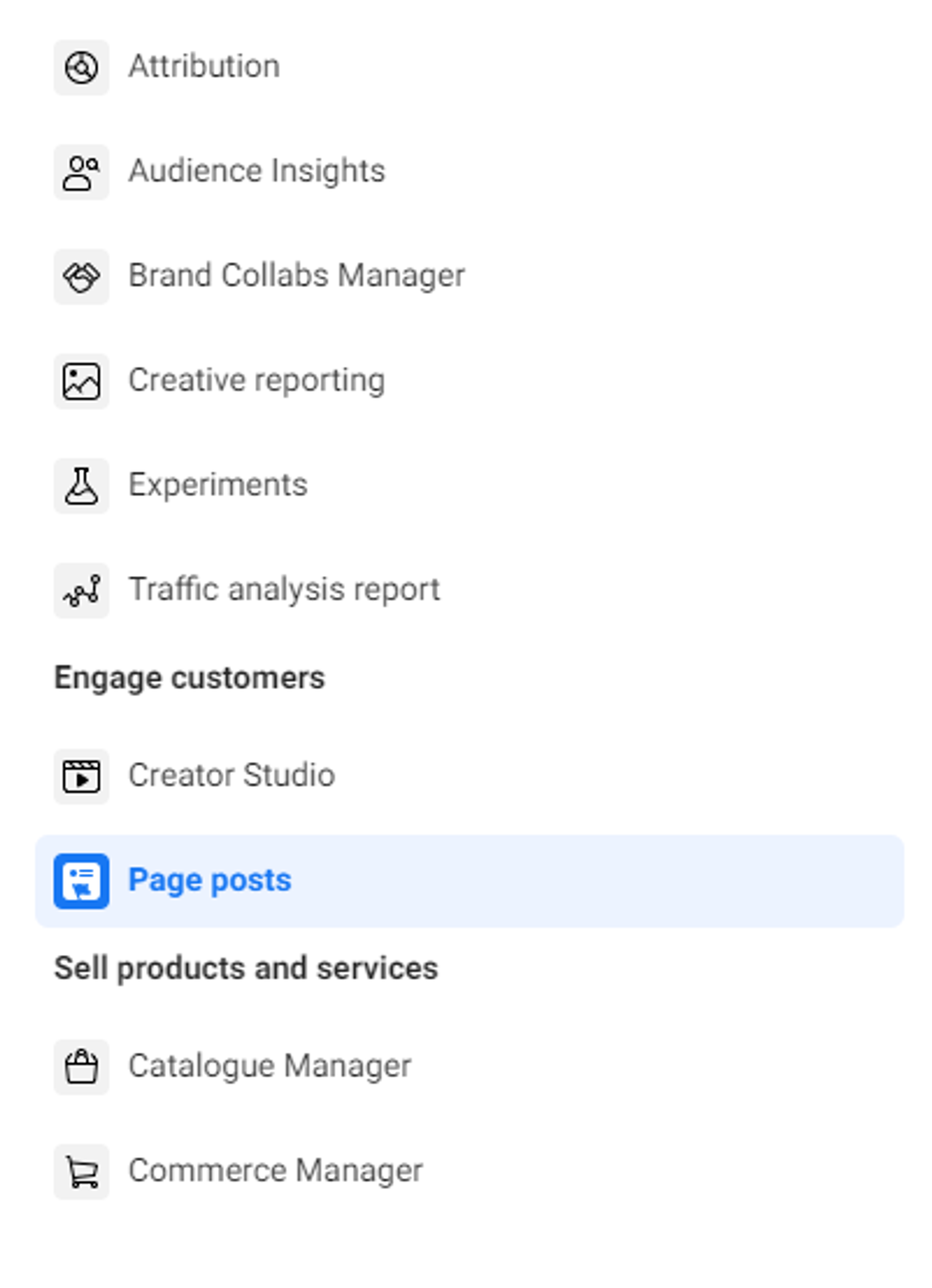
Fact number 3. Conversions that happened outside of the defined conversion window are not used by Facebook to optimize your ads.
There are two types of conversion windows: duration (for example, 1 or 7 days) and action type (for example, view or click).
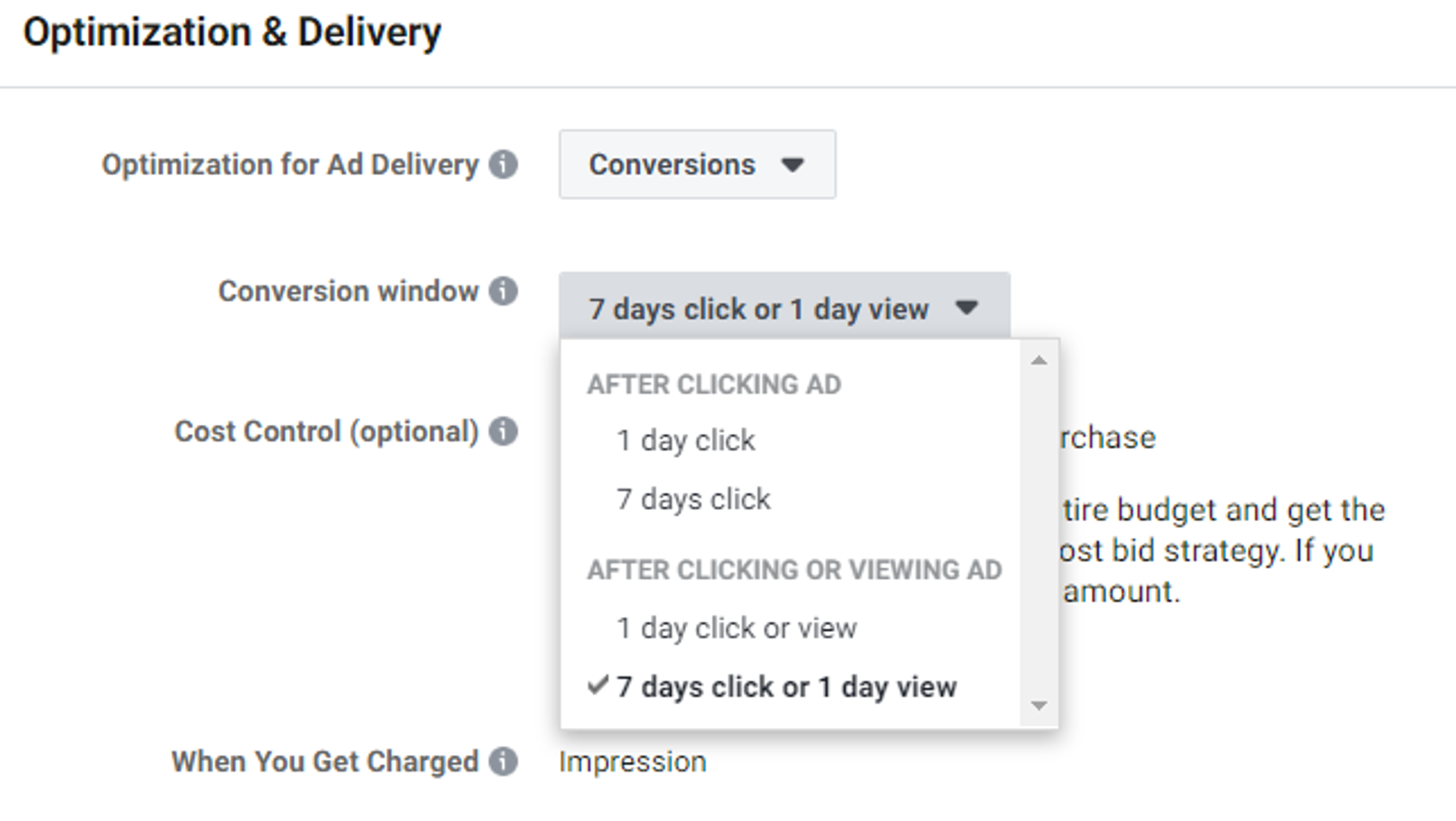
By default, Facebook sets the maximum window of “7 days click or 1-day view”.
The advantage is that you will get more events within this ad set (but remember fact number one – you need at least 50 conversions after the last significant edit to complete the learning phase).
The disadvantage is that the system can credit ads that are not really performing well. Let’s say a user viewed your ad on Facebook but did not engage with it because the ad was not effective. Then the same user converted from Google organic search. If you use “7 days click or 1-day view”, the system will credit the Facebook ad.
So, should ads be optimized for views or clicks? This needs to be tested in each account. If you don’t have enough conversion events in an ad set to use the click attribution, optimize per micro-conversions or use “7 days click or 1-day view”.
Set the right conversion window.
If your conversion window is a 7-day click, the ~50 conversions you need all have to happen within 7 days of the click that led to them.
Fact number 4. The relevance score doesn’t affect your bid in the auction.
The relevance score is a rating from 1 to 10 that estimates how well your target audience responds to your creatives. This score starts to work after you received more than 500 impressions on your ad.
We commonly use this metric to understand how relevant ads are from this specific ad group and for the target audience. If most ads in the ad set are 1-3, we can see that this might be not the right targeting or that the ads might be wrong.
https://www.facebook.com/business/help/768598746552352
However, we don’t pause ads with poor relevance scores if they are profitable. This is merely a signal for us that this specific ad can perform much better if we customize it and improve it.
Fact number 5. It takes time until you can show the same ad to the same user again.
In the Facebook News Feed, a person won’t see ads from a single Page or app more than once every 2 hours.
In an Instagram feed, a person won’t see an ad from the same advertiser (whether the ad was initially seen in the Instagram feed or in Stories) more than once every 3 hours.
In Instagram Stories, a person won’t see an ad from the same advertiser (whether the ad was initially seen in the Instagram feed or in Stories) more than once every 6 hours.
By considering this information, you will understand how many creatives you should have in each ad set. Keep at least two creatives in each ad set.
Fact number 6. Your bidding strategy determines whether you will completely spend your budget.
While you can no longer choose between different bidding strategies in the Website Conversion campaigns, you can still adjust the cost per result goal:

This option can help you keep your CPA at a steady level regardless of the market conditions. For best results, keep it below your average conversion value to make sure you are getting profits.
By the way, you can run ads without any cost controls. Especially if the volume is more important than the cost per conversion. Make sure you checked our article on campaign budget optimization (CBO).
Fact number 7. Audience overlap may prevent some ad sets from spending their full budgets.
In fact, this can also cause other problems. For example, you will not be able to fully test different audiences. When you have an audience overlap, your different ad sets compete between each other and Facebook will choose the audience with the best performance history.
To check the overlap, you can go to “Audiences”, check the boxes next to the audiences you want to compare, and click the three-dot icon, then "Show Audience Overlap".
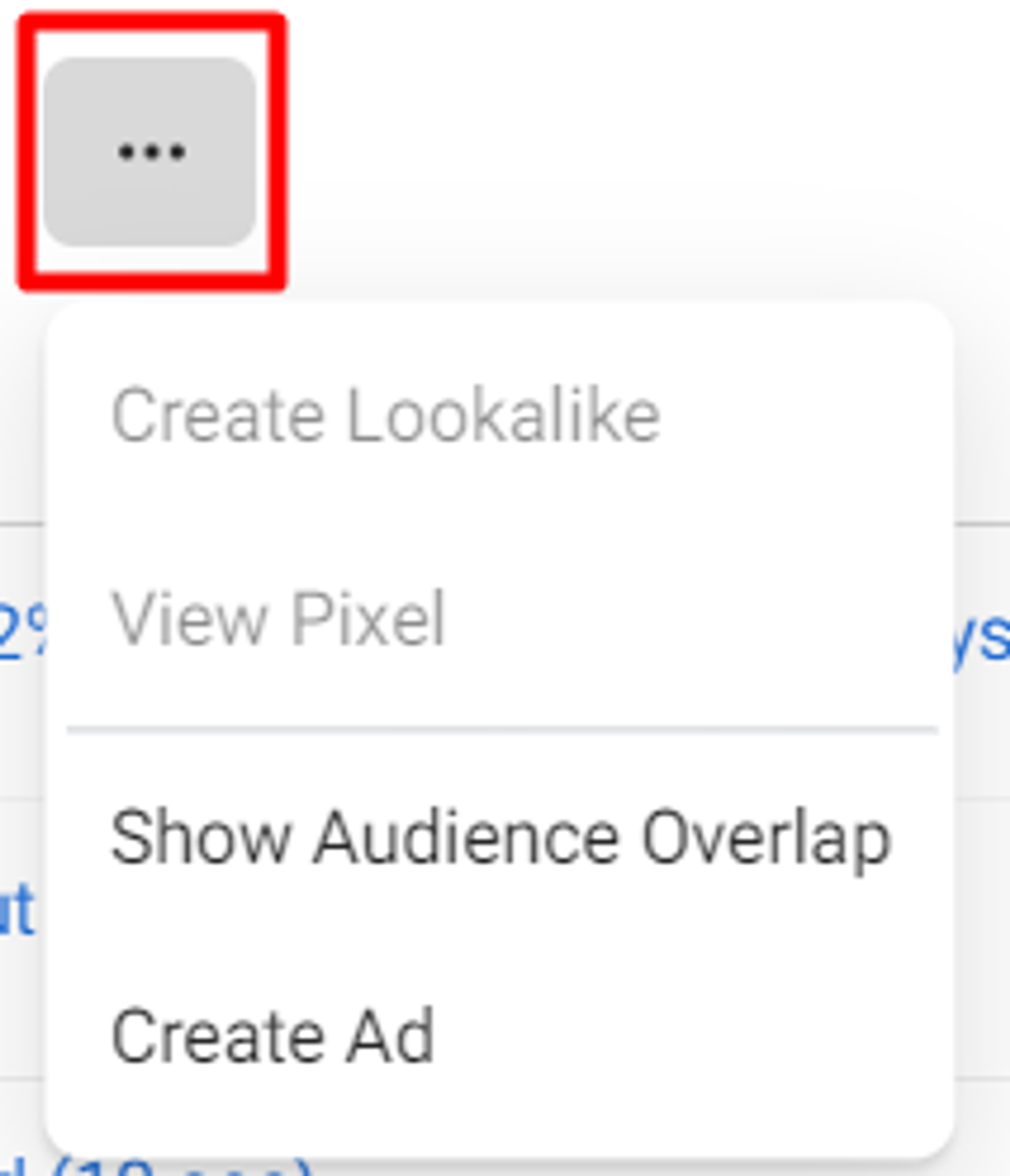
Add relevant exclusions based on these insights. For example, if you are testing a lookalike, you should exclude it from other ad sets.
So, now that you are aware of these 7 facts about Facebook Ad Strategies, it is time to apply them 🙂
Facebook Ad Strategies that turn your Conversion Around
When you run paid ads, you expect outstanding returns on investment. But to get impressive returns, each Facebook ad strategy must be right.
You can think of Facebook ad strategies as recipes for outstanding Facebook ad performance. Within that Facebook advertising recipe, some ad strategies are more important than others. That said, let's dive into each Facebook strategy.
Set Up A Conversion Funnel
If you walked into an elevator and asked someone to buy a movie ticket from you, they would probably think you strange, or consider the possibility of being pranked.
Now let's rewind that scene and imagine that you walked into the elevator and asked what time it is. Chances are that everyone in the elevator would try to check their watches. What's the difference here?
You have asked strangers for one little favor, one too little to ignore. This little favor could lead to one harmless comment, a simple conversation, and things move from there to great friendships and various partnerships.
It's kind of the same with conversion marketing.
The kind of favor you ask for and the conversation you have depends on how comfortable they are with you.
In Facebook marketing, this amounts to setting up a sales funnel. Learn to categorize your target audience according to how comfortable they are with your brand. Meet them where they are and draw them in step by step.
They're meeting your brand for the first time? Ask them to learn more.
They have visited your website for the first time? Ask them to check out your products.
Building the conversation gradually is a good way to lead your audience through each stage of the funnel.
Create unique Facebook Ad strategies for each funnel Stage
A conversion funnel displays your target audience in various tiers. Each tier indicates the kind of relationship you share with the client at that point and how close they are to becoming your brand fans. It shows you those who still need some convincing to buy into your brand, and those who could convert any day anytime.
Various people have come up with various strategies for labeling these clients
For the purpose of this article, we will be using a conversion funnel with four stages: attract, convert, close, and delight.
To no surprise, different Facebook ad strategies and ad types work better for different stages of your sales funnel.
A well-defined funnel can guide you through the campaign process and how to communicate at each stage such that you lead the target audience to the next stage.
You can set this up by:
- Identifying your Facebook audience
- Coming up with offers and campaigns that suit each stage of the funnel
- Creating marketing incentives that can move people further down the stages of your funnel
- Setting various campaign goals for each phase, depending on their relationship with your brand.
Let's dwell a bit on setting campaign goals for ad campaigns. In Facebook advertising, you can build your Facebook ad campaigns based on six major goals. They are:
Awareness: This expands your reach by introducing your brand to potential customers that have not yet interacted with your brand. Typically, you reach an audience like this using a lookalike audience, which is a simulation of your Facebook custom audiences or your website custom audiences.
Traffic: this is a goal that gets people to a landing page. If you need your target audience to click on a link or visit a website of your choice after interacting with your Facebook campaign, then this is for you.
Engagement: this goal gets your target audience to interact with your brand. They will like your posts, watch your videos, make comments, and share.
Lead Ads: Facebook Lead ads help you generate high-quality leads from your Facebook page to your preferred destination.
App Promotion: paid campaigns like this work for publicizing your apps and getting people to install them.
Sales: this campaign objective is quite direct. It shows ads to people who are more likely to buy your products.
Create an Impressive Buyer Persona
This question is something you have to answer as you step into Facebook to advertise. What does your typical customer look like?
What do they really want from you?
By answering questions like these, you can begin building your buyer persona. Let's give some more examples here.
Where do they live?
How old are they?
Where do they work?
How much do they earn?
Are they married?
Do they have kids?
Do they have pets?
Questions like these help you determine what the needs of your buyer persona should be. Then you can determine their pain points and speak directly to their needs. Lean towards more personable ads that connect to their story. Show them how your products can solve that problem and that you have a unique value proposition. When you come from this angle of empathy, the audience tends to connect beyond the service you are willing to offer.
On the other hand, you can play to their interests and show your understanding of the things they love and why they love those things. Empathy could also mean offering a value that strengthens their bond with the things they love.
Sometimes, it goes beyond the value proposition to your choice of colors, objects, and words. People in the tech world tend to dress down, while people in the finance world tend to dress up. Sports people tend to look fit; people in the fashion world look stylish.
It would seem a bit off for a guy in a business suit to talk about SaaS and Cloud computing, while an older man in a hoodie talks about stocks and investment.
A young lady all made up in an elegant dress talks about sports while a lady in sweatpants talks about makeup. As subtle as these details may seem, they say a lot to your audience.
Speak their jargon, use their colors, dress like them, and tell their stories. It is important that they see themselves in the way you communicate with them.
Use the right Facebook Ad Types
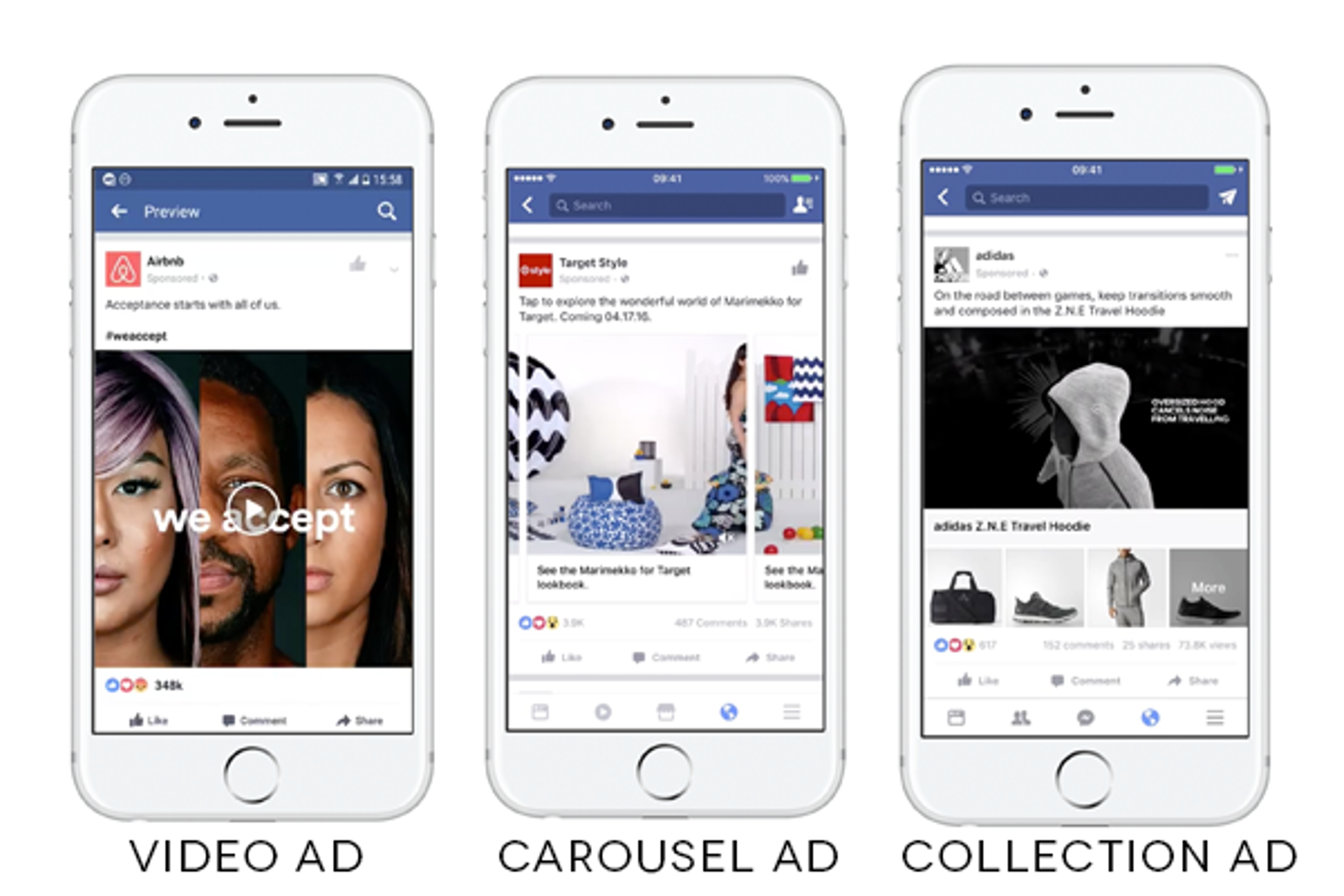
Beyond finding the most suitable objectives for Facebook ads, it is important to use the right ad format depending on the Facebook users you are trying to reach. There are different ad formats you can work with.
This makes it important for you to factor in the process of putting your ad creatives together. Typically, effective ad campaigns tend to combine different Facebook ads depending on their ad budgets and their objective for running ads.
For your Facebook advertising, you can run your paid ads in at least six ad types. They are quite similar to the way they work in Google Ads.
They are:
Video Ad:
Video ads hold the record as the most productive and most popular. They also work for all stages of the funnel, even though they may not always be the most suitable.
Carousel ads:
Carousel ads work like a slideshow of images. They can be used to tell your audience a story, show them a process, or show them various products.
Messenger ads:
Messenger ads appear in Facebook Messenger and tend to drive more direct conversations with clients.
Story ads:
Stories ads appear like Facebook stories. When you create ads like this, you want to make them personable and cheerful so that they blend with the basic format of story ads.
Collection ad:
Facebook collection ads are best for displaying various products in one post.
Under this Facebook advertising strategy, there is also one thing we should discuss - ad placements. While creating ads, you should also decide what ad placement would work best for you when running ad campaigns.
Ad placements for desktop ads work differently from mobile ads. Since most Facebook users engage through their mobile devices, you might want to divide your ad budgets to target them better.
The case may however be different for you depending on the kind of audience and ad target you have. If the crowd you are trying to reach is more likely to use their desktop, then your ad campaigns should have appropriate ad placements.
Finding out what your audience really wants is possible with the help of Facebook pixel and the Audience Insights tool on your Facebook ads manager.
Use the Facebook Ads of the Best Quality
It is hard to overestimate the quality of your Facebook ads. In this segment, we will look deeper into what makes content high-quality.
Quality Visuals
Your visual is your introduction to your customer. It's the first thing they notice about you, and it determines whether they would care about the message or scroll on to the next post. It is important to use images that come in the right dimensions. No pixelated images or low-quality pictures.
Most Facebook ads come with pictures. Collection ads are a collection of pictures, carousel ads could also come in pictures. Messenger ads can also come with pictures. When you post them, don't stretch the images. If it's a graphic design, make sure it doesn't have any errors.
An excellent Ad Copy
Your ad copy gives context to your visual. You've told a beautiful story or used a powerful image. Your ad copy tells your audience why they have seen that story and what they ought to do.
That seems pretty simple until you consider the right words to trigger action. You need to pass your message in a way that is clear, concise, and compelling. You also want to consider the audience you are speaking to and how conversant they are with your brand or product.
If they are at the first contact stage, your ad copy should be informative. If they have made contact a few times, you should connect with their emotions to build a relationship.
If they have bought or plan to buy your products, you should talk about the incentives for shopping. Your ad copy should always be tailored to the information that is relevant to the audience at the time.
A compelling call to action
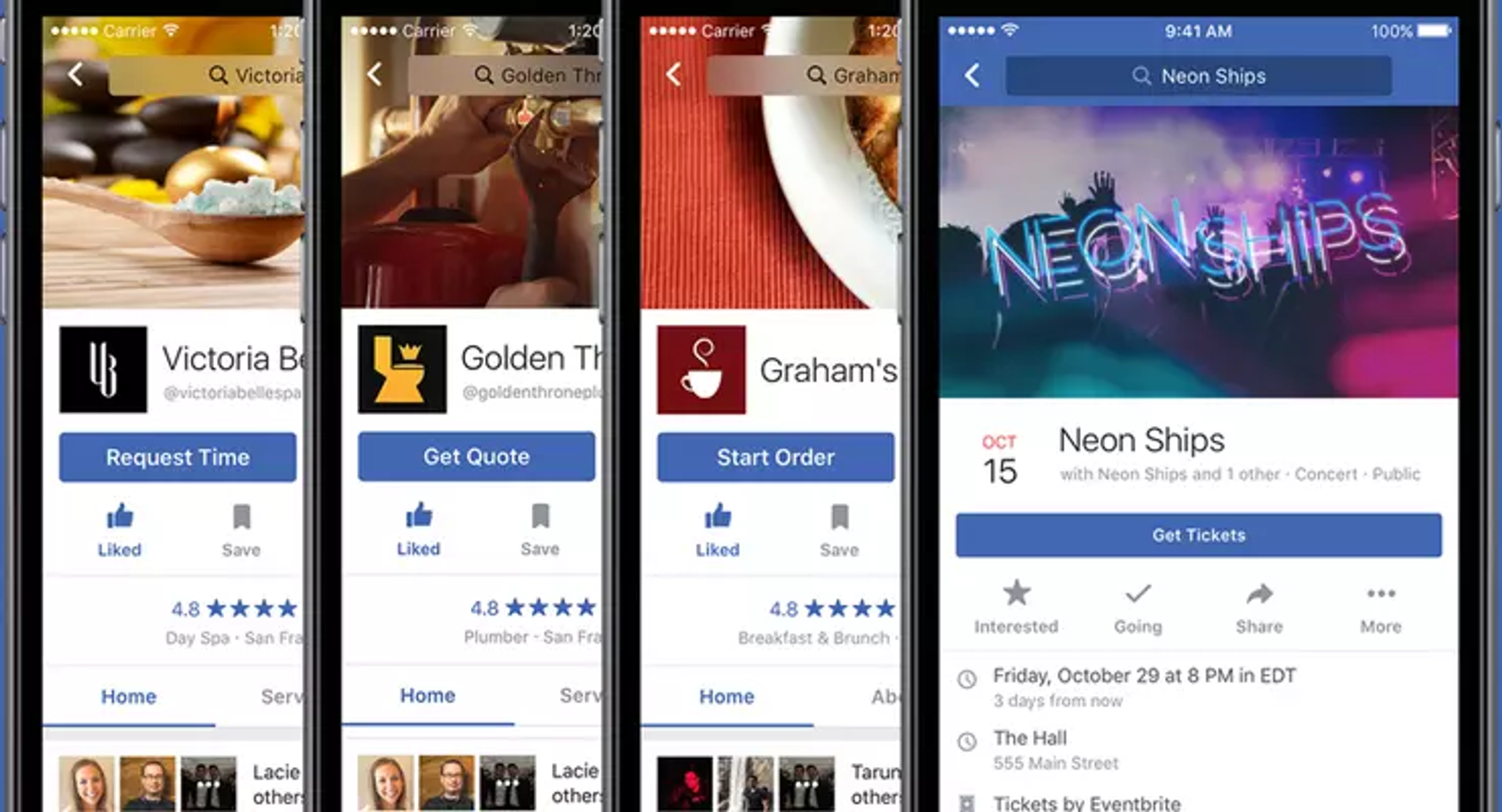
So they love your visuals and they get the message. But they really don't know what to do next. What is missing?
Your call to action. Be it content marketing or general digital marketing, it is important to tell your audience what you really want them to do. Beyond telling them, it is also important to tell them how to do it.
It's not enough to say "check out our products". You have to tell them how and where to check out your products. In this context, you can add "by clicking the link below." Other methods could be attaching a backlink to the call to action or putting it in a button. This makes it even more concise while passing the message effectively.
It is also important to know what each segment of your audience should be doing. Going back to the strangers analogy, your call to action can only request a favor based on how familiar the audience is with your brand.
It would be weird to ask a first-contact audience to shop at your store. What is more feasible is asking them to learn more or contact you for more information.
Use a Custom Landing Page
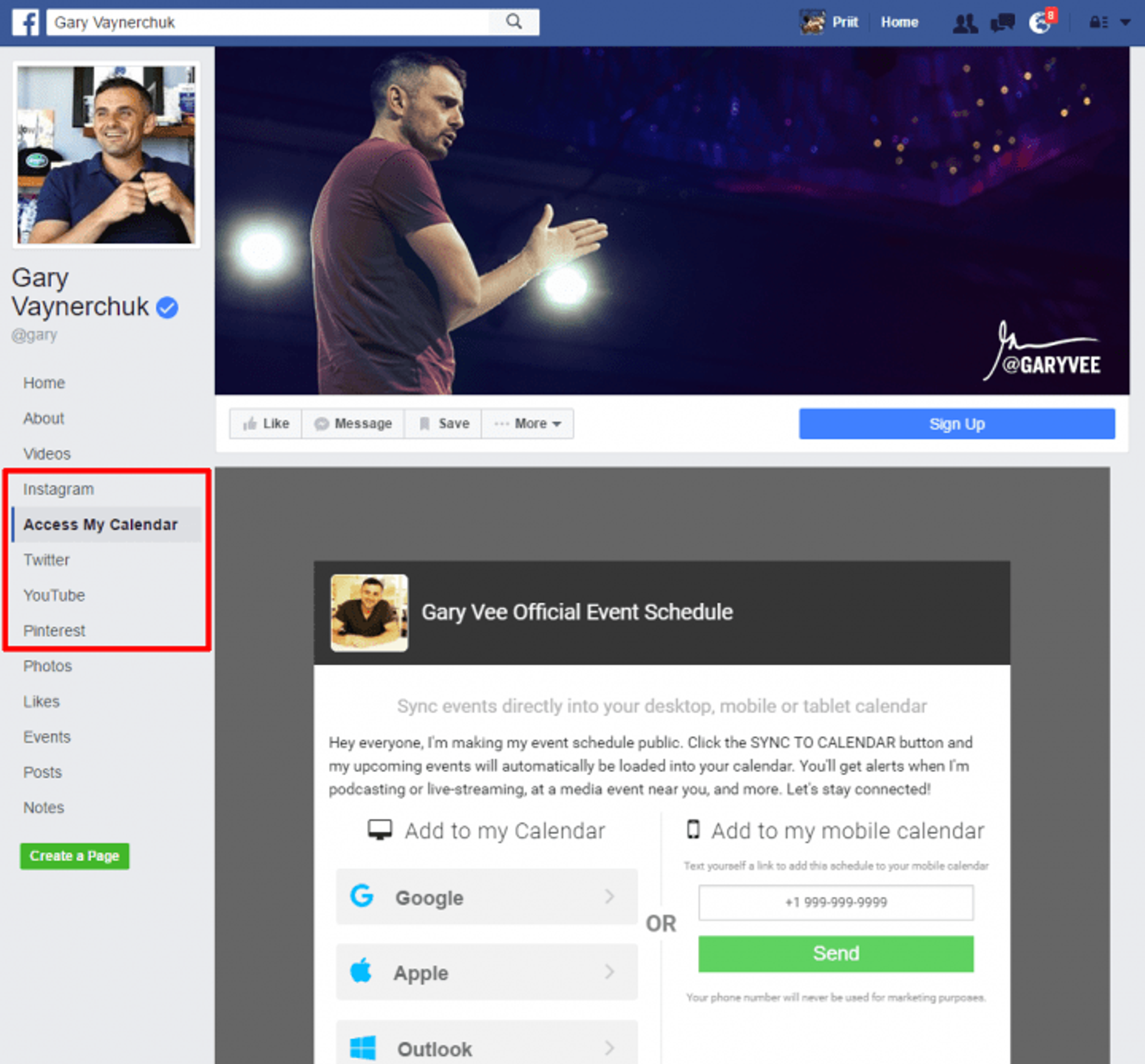
Let's use another analogy here for better understanding.
So I ask you to help me pick a file in my office, and I direct you through one door. Then I ask someone else to help me with a duvet in the bedroom, directing them through that same door. I need the third person to get me a bowl from the kitchen and they have to go through the same door.
The three of you go in through the door and end up in a room full of various items which also leads to various parts of the house. It would take a while for you to find your way around and get the item.
Now imagine that I sent three of you through three different doors, and the moment you opened them, you entered the office, the bedroom, and the kitchen respectively. Wouldn't this make it easier to locate the items I have asked for?
Now let's bring it back to this Facebook advertising strategy. When you send people from Facebook to your website, make sure that you customize the landing page for that specific purpose. Do not use a general landing page for various activities. When you ask people to buy an item, send them directly to the store.
When you ask them to learn more, send them directly to the service page or FAQs page. It is a common error to find businesses sending their landing page visitors to their website homepages with the hope that they'll find their way around.
In most cases, the audience in focus is not loyal to your band and may not have the patience to scroll around in search of a prompt. The result is that most of them bounce off the page.
A more effective alternative is to create different landing pages for different activities. Once the audience clicks the link, they are redirected to the exact prompt they need to use and converted more easily.
Use Personalized Ads
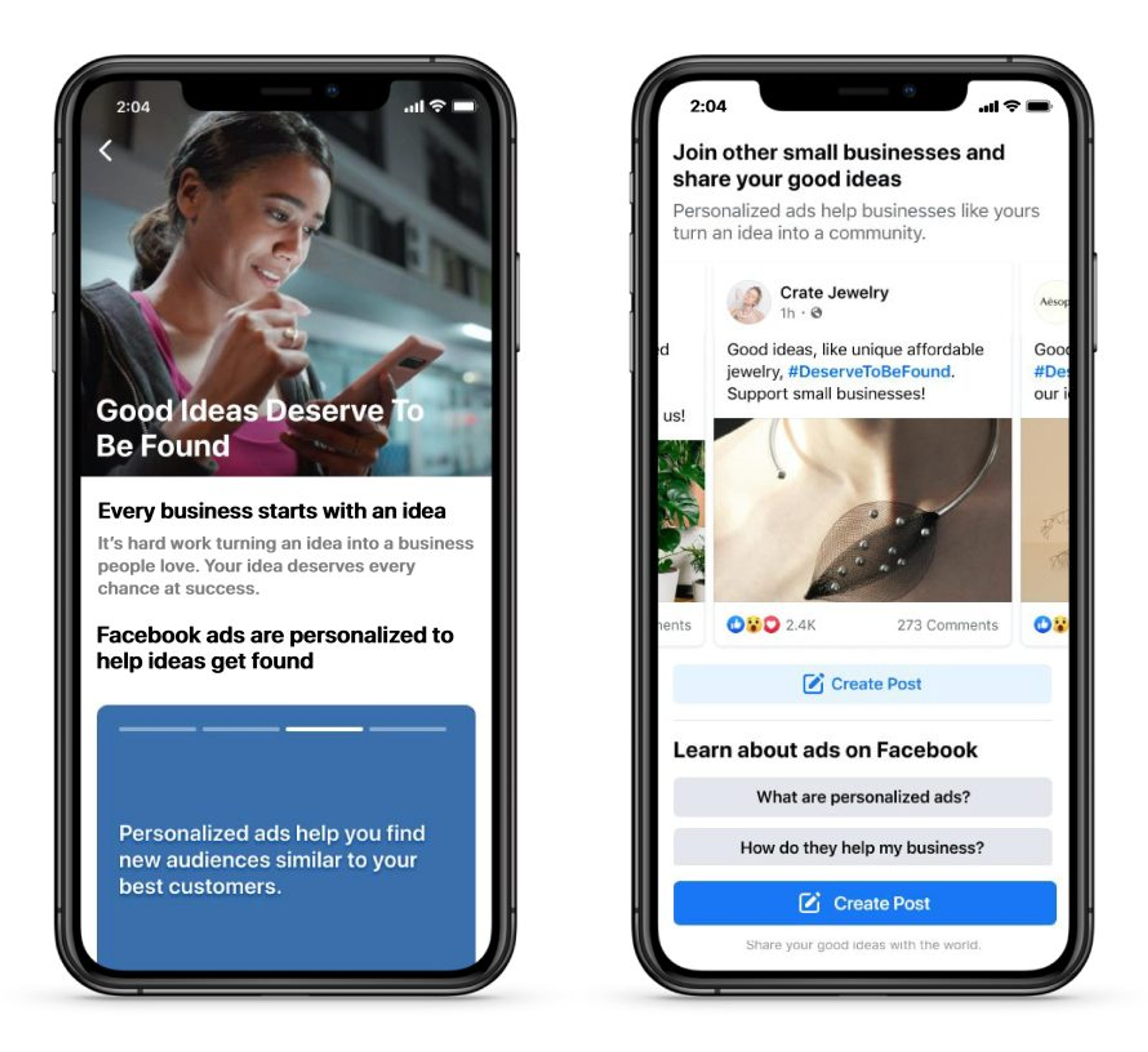
Various clients tend to buy various products for various reasons. This is why you have to create ads that are relevant to the needs of your customers. This works by segmenting your audience into tangible bits that have one thing or the other in common.
For instance, your product is relevant to men. You can segment them into older men and younger men, then create ads that are relevant to the lifestyle of the two categories.
Older men tend to afford luxury products while younger men want to look sharp on a budget. When you make personalized ads that reflect these ideals, the audience connects better to these ads. They feel like your brand understands their needs and subconsciously, they trust you to deliver.
You can take it a notch higher by grouping them based on their purchase behavior or interaction with other products. Working with a custom audience makes it easy for you. You can target or create personalized ads based on their age, gender, occupation, or current experience.
Use Custom Audiences
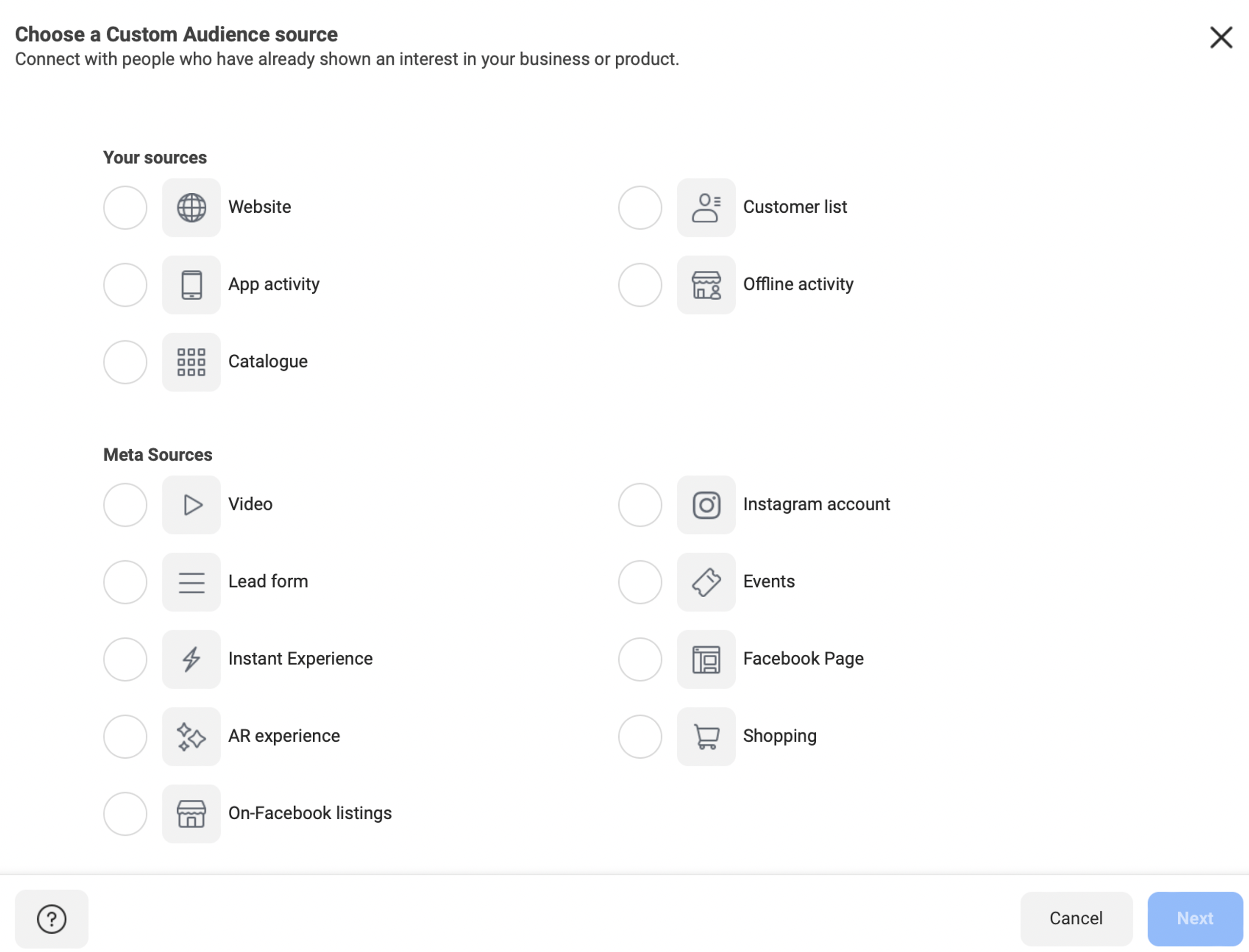
Custom audiences are good for creating personalized ads, but there's a lot more they are useful for. A custom audience refers to a segment of your audience that is conversant with your brand. Your custom audience can be created based on the platform where they interact with your brand. This can be your website visitors, people on your offline customer list, your app users, or those who engage with your brand on social media platforms.
Custom audiences give you an insight into how your audience interacts with your brand or product. When combined with Facebook Pixel and audience insights, you can tell what parts of your campaign should be moved around.
Custom audiences also help you with remarketing strategies. When you are able to track all visitors on your website, you can tell what stage of the funnel they are at and how best to market to them.
Custom audiences also help you create accurate lookalike audiences.
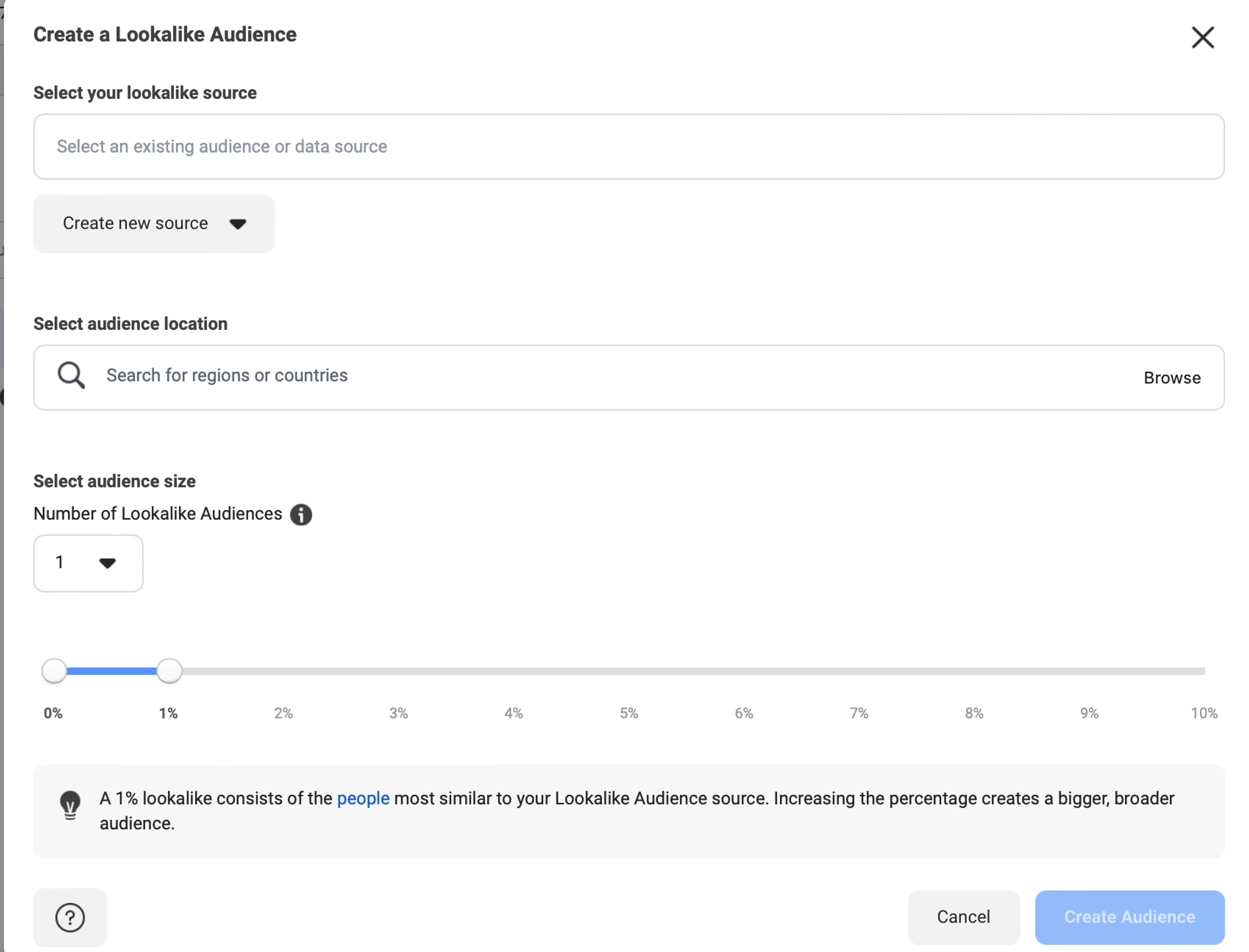
You can reach out to people who are similar to your current audience because they tend to be interested in your products. With lookalike audiences, you can target the right kind of people and expand your audience without spending too much.
Monitor Your Ad Performances
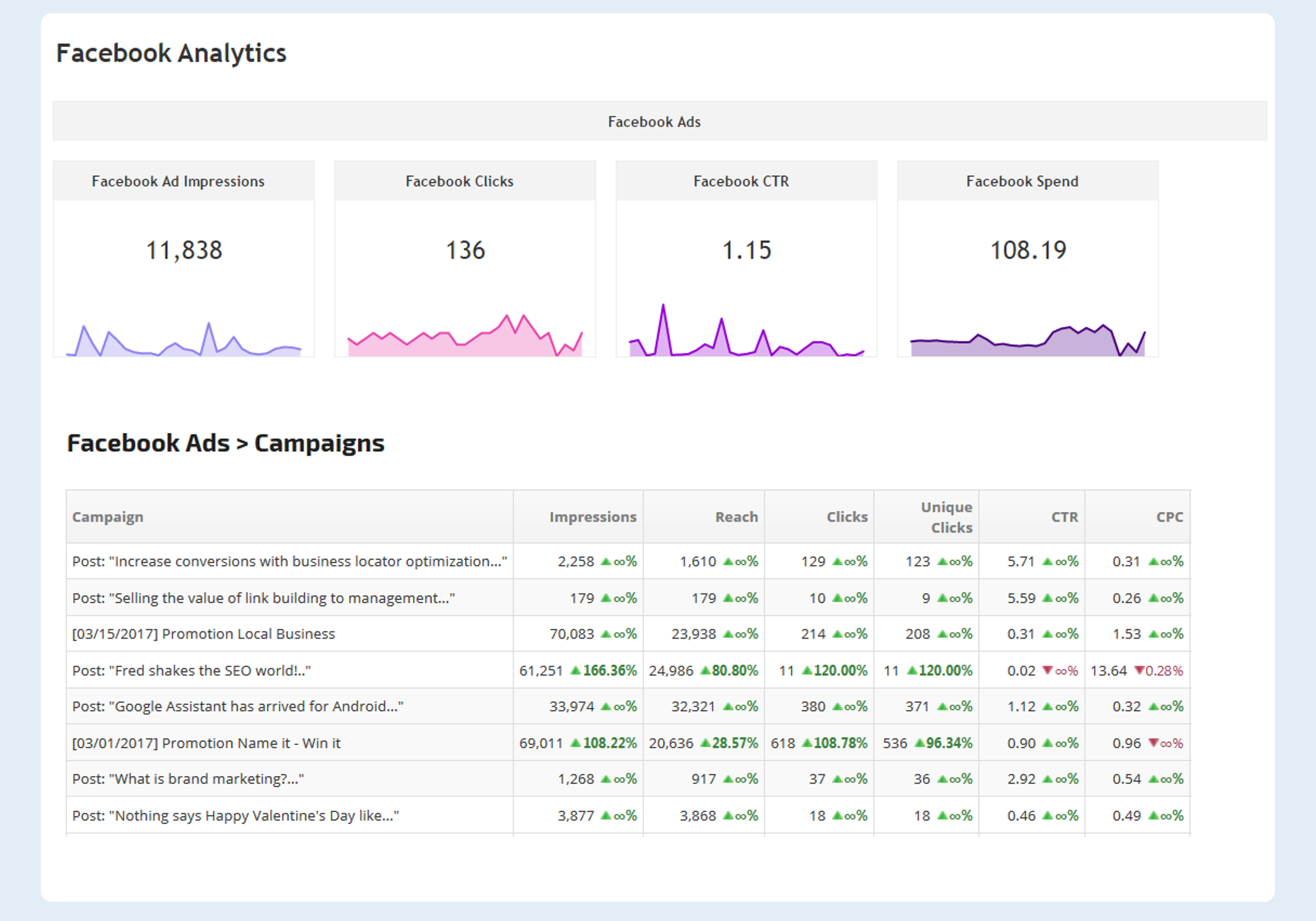
When you launch your campaign, it is important to monitor the progress of these Facebook ads. How many conversions have you recorded so far?
As you do so, try to draw a pattern in your outcomes. The ad creatives that have performed best, do they have anything in common?
As you draw these patterns, they give you insights on running better campaigns. Sometimes, it is difficult to monitor these things on your own. Facebook tools for monitoring ad performance go a long way to help. Once you spot patterns, do not hesitate to change things based on what you have noticed. If you have to change your audience, rework your ad spend, modify your ad creatives, or change the message, make sure to implement changes for better results.
The whole point of monitoring your ads and learning new strategies is to improve what you are currently doing. In fact, you can factor in what you have learned in this article so far and implement it in any campaign that you currently have running.
No one really knows it all when it comes to Facebook advertising. When you consider the ever-evolving climate of advertising on Facebook, you realize that you come across new Facebook ad strategies every other time. This is why you cannot get comfortable at any point. You should keep reading, keep learning and keep improving your Facebook ad strategies. Outstanding returns never come by chance. They are always a result of great Facebook Ad strategies.
